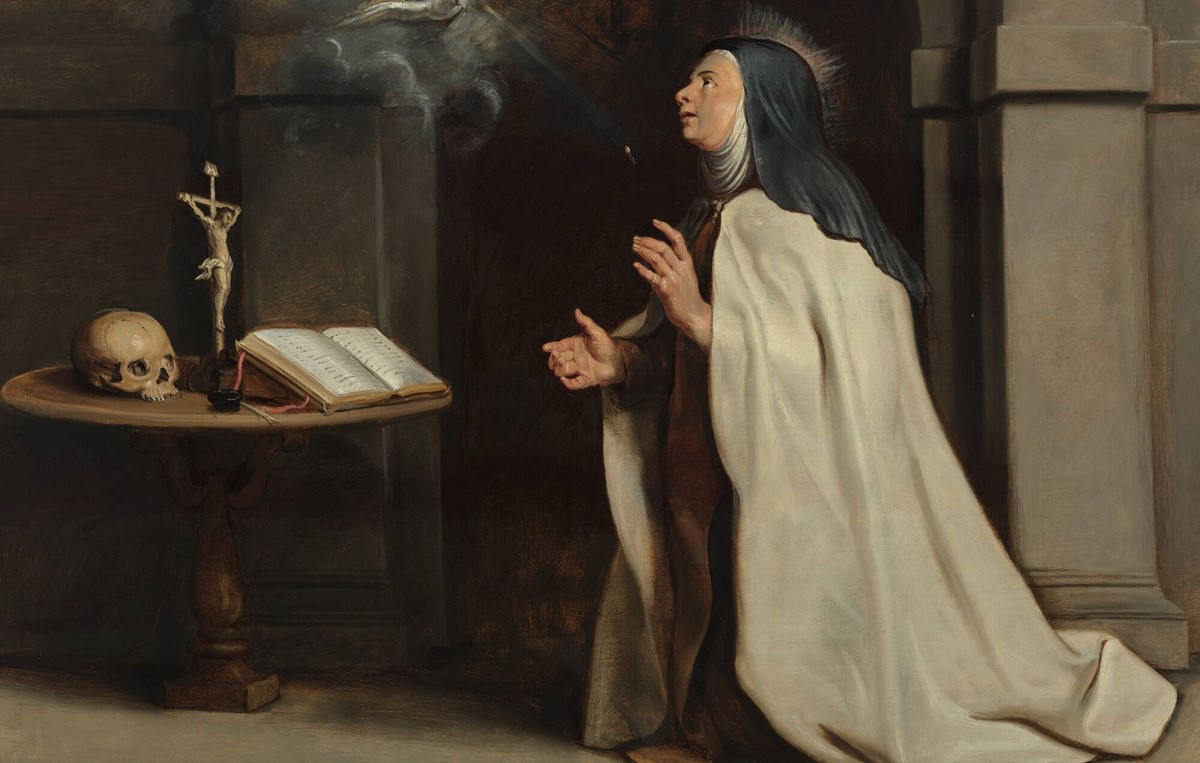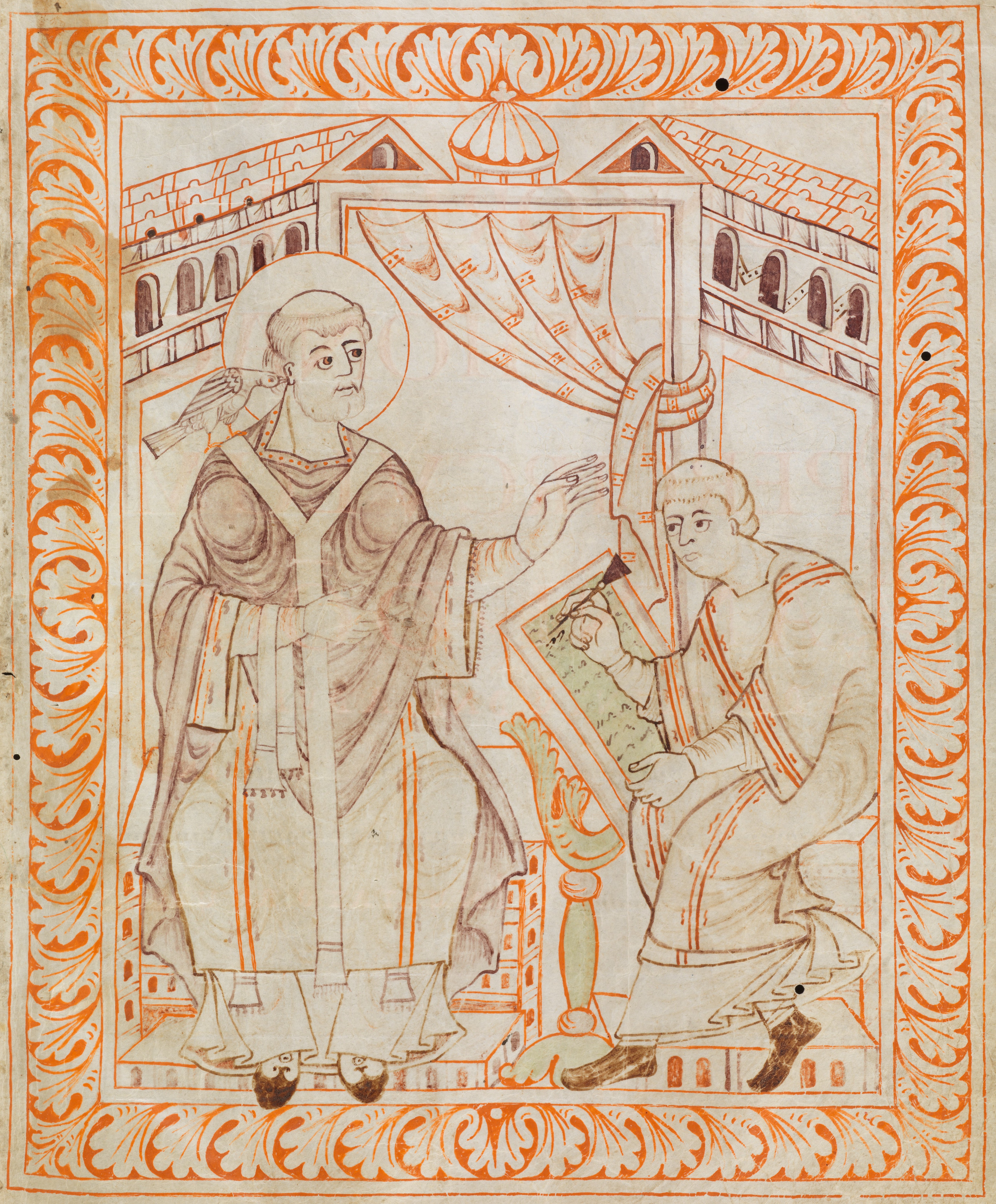
“A dove . . . symbolizes Divine Inspiration” for the Gregorian chant. . .
From the Scribe (6/29/14)
Once upon a time there was a Great Flood.
Actually there were at least two Great Floods, but this one took place in 1993 – from April to October – and covered “the American Midwest, along the Mississippi and Missouri rivers and their tributaries.” An estimated 32 to 50 people died. Some places on the Mississippi River were flooded nearly 200 days and some 100,000 homes were destroyed. It was among the most costly and devastating floods ever in the United States, with an estimated $15 billion in damages. see Great Flood of 1993 – Wikipedia, the free encyclopedia.
I mention this because my late wife and I took a small part in the relief effort, in the summer of 1994. Towns like St. Louis were still reeling from the flood and needed all kinds of basic necessities – like plain clean drinking water – that most people normally take for granted.
At the time we had a van and travel trailer, and had been planning a trip from Florida to Las Vegas anyway. So as part of the trip we decided to take that van-and-trailer, load them full of supplies, plus a hefty check – all the fruits of a fundraising drive at our local church – and drop them off in St. Louis. (Which by the way allowed us to deduct part of the trip’s expenses.)
Among other things the long trip west was noteworthy for the number of videos we took along the way. Most of the videos have this enchanting background music, and that enchanting music was courtesy of the CDs of Gregorian chants that we listened to most of the way.
I mention this because somewhere on the trip from “back then to now,” I lost the habit. I lost the habit until last Friday afternoon and a particularly bad bout of traffic. During a long wait at a stop-light I shuffled through my pack of CDs, and came upon one of the “Gregorian” CDs that managed to survive the journey from 1994 to the present day. It was so soothing, so calming and so relaxing that I wondered why I ever stopped listening to them.
But don’t take my word for it. Listen for yourself, courtesy of GREGORIAN CHANT – YouTube.
Meanwhile, back at Wikipedia: “Gregorian chant is the central tradition of Western plainchant, a form of monophonic, unaccompanied sacred song of the western Roman Catholic Church,” which developed “mainly in western and central Europe during the 9th and 10th centuries.” The chants were usually sung by choirs of men and boys in churches, monasteries, other other religious orders. “Although Gregorian chant is no longer obligatory,” the Catholic Church still considers it “most suitable for worship.” And lately “plainchant” has enjoyed a “musicological and popular resurgence.” See Gregorian chant – Wikipedia, the free encyclopedia.
But like most popular phenomena, there’s always the story behind the story. For one thing, there is some debate whether the chant is really “Gregorian:”
That “Gregorian” chant was named for and credited to Pope Gregory I (r. 590-604) is an accident of politics and spin doctoring. Tension between the Pope (the Bishop of Rome) and other Bishops regarding the authority of the Pope as “first among equals” was matched by tension between the Pope, as spiritual ruler of Rome, and Rome’s secular rulers. . . There are any number of lovely stories and legends associated with Gregory[, including] a bird singing chants into his ear as he wrote them down. (Unfortunately, of course, there was no usable music notation at the time.) There are [also] stories of his sending out missionaries with instructions to bring back any new music they encountered, saying “Why should the Devil have all the good songs?“
(See Why is chant called Gregorian?) I had two responses to the quote above, the first being “Why indeed?” As in, “Why indeed should the Devil have all the good songs?”
The second response is more along the line of “Be that as it may. . .” That is, does it really matter if Pope Gregory got undue credit for “creating” such chants, or does it really matter if Admiral Beaufort really “created” the wind scale that carries his name? (See Defining the Wind: The Beaufort Scale and How a 19th-Century Admiral Turned Science into Poetry.)
“Be that as it may,” we still measure the wind by Beaufort’s scale, and – as I told a dear, dear friend (who happens to be “RC”) – “Gregorian chant is one thing the Catholic Church really got right.” Or to paraphrase that 1970s TV ad again, “Try it, you’ll like it!”

“Mississippi River out of its banks in Festus, Missouri. . .”
The upper image is courtesy of Wikipedia. The full caption: “A dove representing the Holy Spirit sitting on Pope Gregory I‘s shoulder symbolizes Divine Inspiration.” Aside from the sources listed in the main text, see also CATHOLIC ENCYCLOPEDIA: Gregorian Chant – New Advent.
As to the “old TV ad from the 1970s, ‘Try it, you’ll like it!‘” See On “what a drag it is. . .”
The lower image is courtesy of Great Flood of 1993 – Wikipedia, the free encyclopedia, full caption: “Mississippi River out of its banks in Festus, Missouri. The spot where this photo was taken” was a mile and a half and 30 feet above the river. Note too the “waterfront dining” sign, an example of the usual warped-but-plucky American sense of humor in the face of death and disaster.



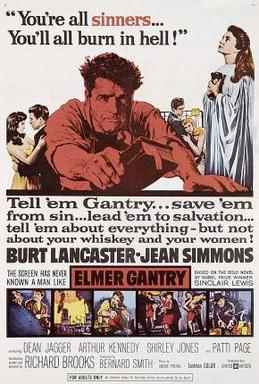
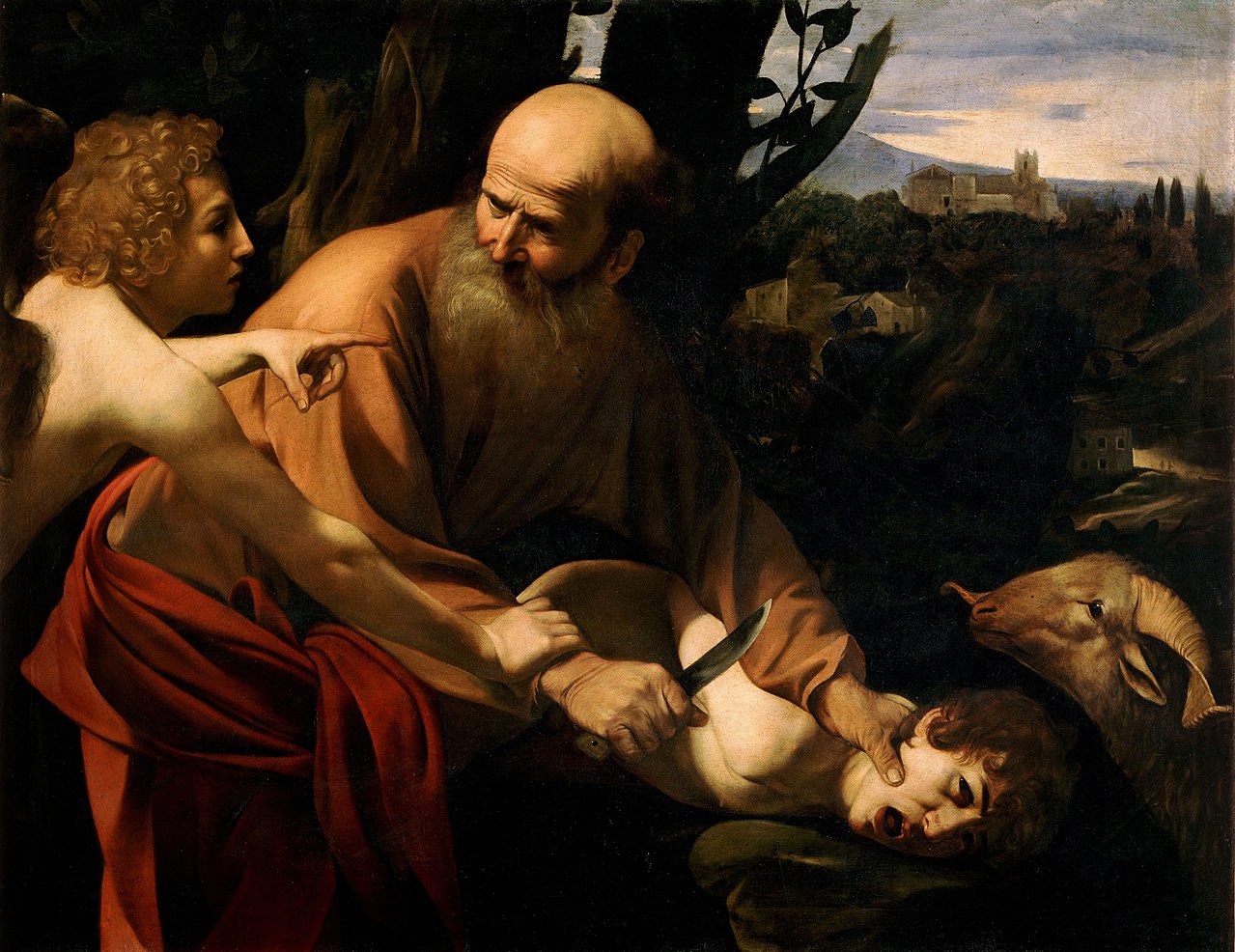
 The readings for June 29, 2014, are Genesis 22:1-14, Psalm 13, Romans 6:12-23, and Matthew 10:40-42. The Genesis story tells of God apparently asking
The readings for June 29, 2014, are Genesis 22:1-14, Psalm 13, Romans 6:12-23, and Matthew 10:40-42. The Genesis story tells of God apparently asking 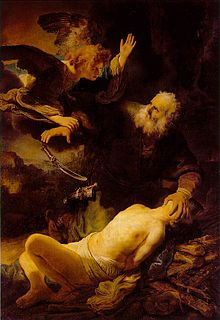 Apparently it wouldn’t have bothered that “reasonable man” at all. That’s because at that time and place, child sacrifice was quite common. See
Apparently it wouldn’t have bothered that “reasonable man” at all. That’s because at that time and place, child sacrifice was quite common. See 











